DeLorean: The Rise, Fall, and Second Acts of the DeLorean Motor Company
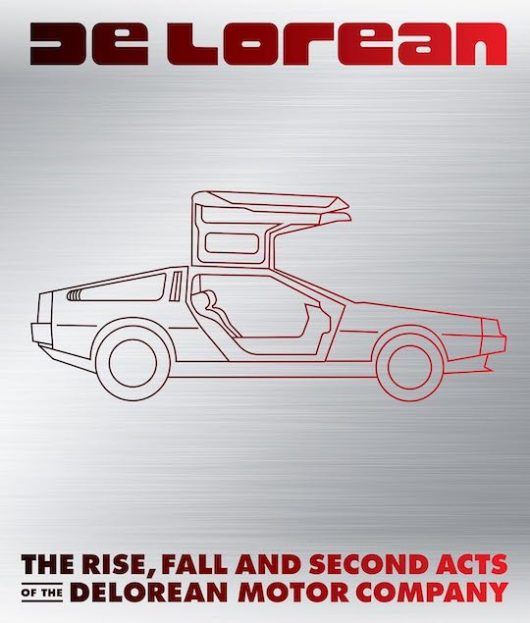 by Matt Stone
by Matt Stone
“Several books have been written about DeLorean—man, company, and cars—but none recently, and none that look comprehensively at the entire story from a modern and unbiased viewpoint. Which is my goal here. This work isn’t intended as a pure John DeLorean biography—as several of those exist, including his own highly enlightening autobiography. Yet not to include some of the building blocks of his complex persona would be to leave the structural concrete out of a building’s foundation.”
Wear good shoes.
Take care of your health.
Try finding that sort of practical advice in any of the other DeLorean books the paragraph above references.
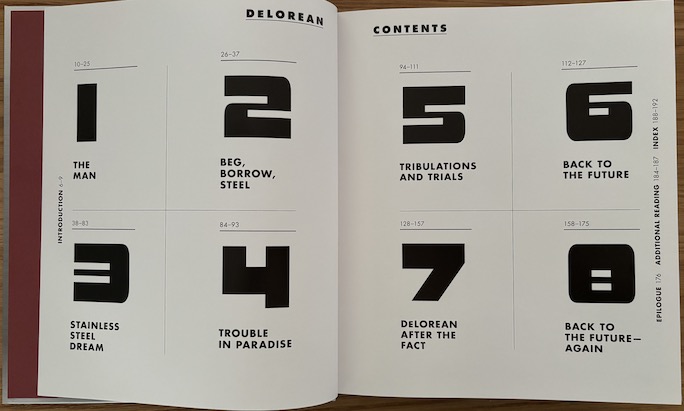
Clever, subject-inspired type design. Also note the striated effect on the front cover simulating brushed aluminum.
Strictly speaking that wasn’t advice John Zachary DeLorean (JZD) gave to the author of this book but to a different fellow, whose reminiscences close out Matt Stone’s book and who once almost wrote his own but didn’t because at just about that time, talk circulated of an older and very good book being revised for a reprint. That was John Lamm’s DeLorean: Stainless Steel Illusion first published in 1983 and then again in 2003, incidentally by the same publisher who is now publishing Stone’s book. So Don Weberg boxed up his notes. And two years later JZD died, meaning Weberg had been the last automotive journalist to have had friendly and productive interaction with the man himself. Good thing Weberg and Stone are friends because now some of those recollections flavor Stone’s reappraisal of this complex story, and it supports his claim that he will have more colors on his palette.
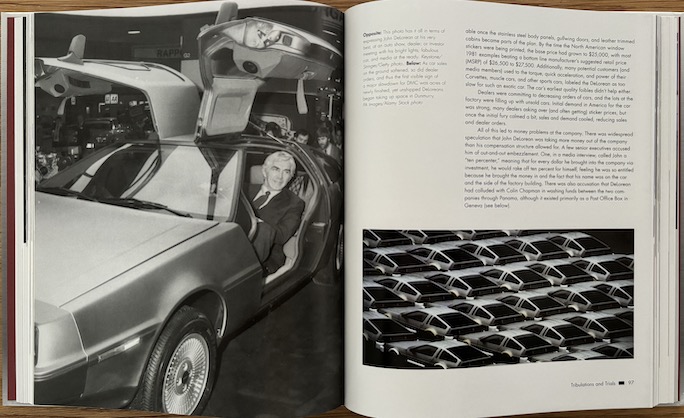
It’s always hard to tell a story that people think they know already, which in the case of the DeLorean story is unlikely because it has so many layers that contributed to the outcome but were overshadowed by attention-grabbing headlines that took up all the oxygen. In JZD’s case that was obviously the drug bust compounded by the embezzlement allegations, the playboy image, the multiple divorces. There’s probably no other automotive story that is remembered for as many wrong reasons as DeLorean’s.
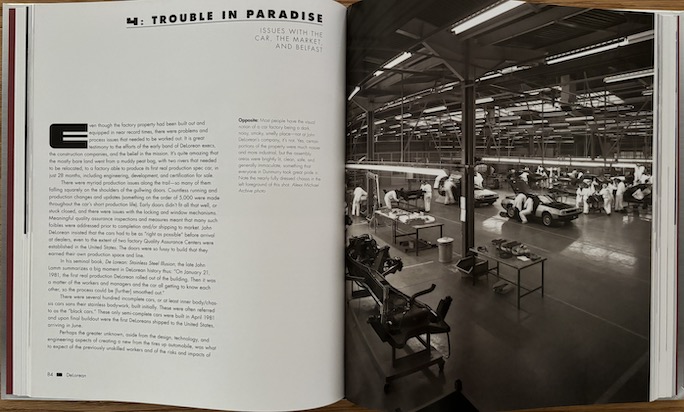
So, shake that Etch A Sketch in your head and erase what you know, and let Stone draw a fresh picture. If all you associate with the DeLorean car is the “Back to the Future” movies, realize first of all that the company was already shuttered by then so the movies that made the iconic gull-winged Giugiaro-designed DMC-12 a pop culture icon were too late to save it. If all you associate with DeLorean the man is the iconic image of being marched across TV screens in handcuffs charged with conspiracy to obtain and distribute 55 pounds of cocaine, realize that that “bust” went bust because it was ruled entrapment by the government and he was cleared of all charges. But it ruined him anyway, his health, his reputation, his family. If nothing else, Stone’s book will make it harder for you to simply throw stones. Not that JZD didn’t dig his own hole, but there are many not so obvious factors to consider:
Think of the timeline of automotive history in the US. Think the end of the anything goes muscle car era. Think OPEC. Think new safety, emissions and fuel efficiency regulations that made it hard for even the big-name big-money automakers to do business. JZD had been one of that industry’s principal movers and when he quit his cushy C Suite job (or was shown the door because he was impatient and arrogant and a snob) at GM in 1973 at age 48, he had plenty of juice left. But also think Reagan presidency, especially the sloganeering around the War on Drugs into whose crosshairs he came. A perfect storm.
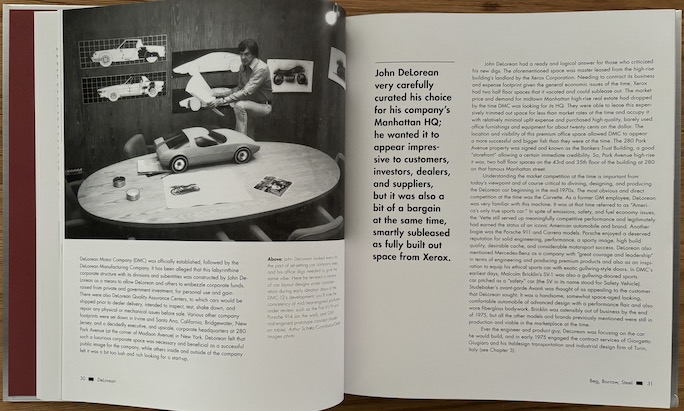
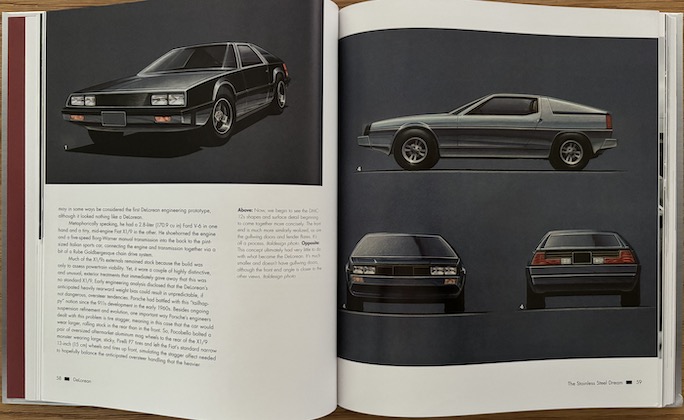
The book will make clear just how entrepreneurial and indefatigable JZD was. He had been a savvy business leader with a track record of spotting trends which doesn’t just mean consumer tastes but early-stage technology. The emerging field of composites struck him as a way forward, and he devoted his attention and money to it years before launching DMC. That said, this interim period also manifested an alarming degree of murkiness in his business stance: always a dollar short his dizzying number of companies “did business” with each other, sometimes for no other apparent reason than to move money around. Was he an embezzler? Was Colin Chapman of Lotus—initially they didn’t like but needed each other—an enabler? Setting his car company up in Ireland (he also considered Puerto Rico!) opened the way to hefty government subsidies . . . things could have turned out any number of ways.
The company may have been in business for less than two years, 1981/82—but it did put over 9000 cars on the road in that short time. Despite iffy QC, two thirds survive, and in view of the book title’s reference to second acts, right now there are at least two endeavors underway to launch it again as a carmaker (since 1985 there been a restoration and parts/service company called DeLorean One, dissolved in 1995 and re-formed in 1997 as Classic DMC).
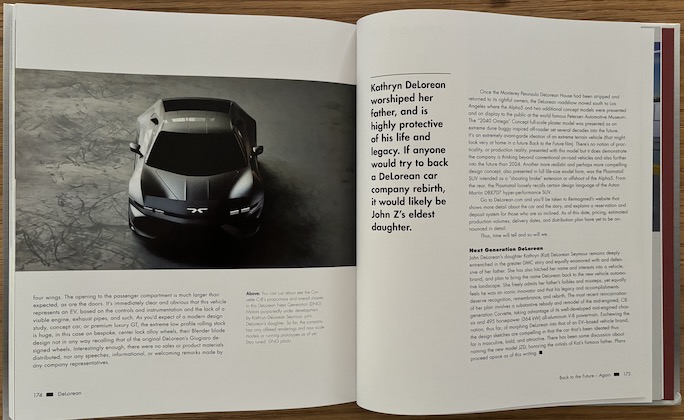
If you see a Corvette C8 in this shape, you’re not wrong.
Stone has been in automotive journalism since 1985 so he is not lacking for context. After starting at Motor Trend as a freelancer he became that magazine’s executive editor, and by now has 17 books with his name on the shelf. If you think of a book as a map, this one shows the big picture not every meandering path. In other words, some issues remain unclear. Just to put it out there, he quotes extensively from JZD’s autobiography, DeLorean (ISBN 978-0310379409) written with Ted Schwartz—in 1985, only a few years after everything had unravelled, which would have colored his thinking. But a clue that already then he was “working things out” is who published that book: Zondervan, the mainstay Christian media and publishing company in Grand Rapids, Michigan. There is no reason to doubt that JZD had truly seen the light, regretted his past choices, and changed his ways accordingly. If he had started building his car after that conversion, who could say how that story would have turned out?
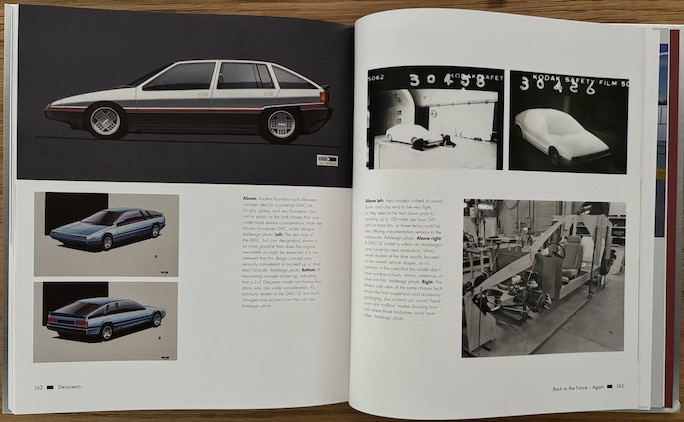
What might have been.
The book has a nicely annotated “Additional Reading” list and an Index.
Copyright 2024, Sabu Advani (speedreaders.info)


 RSS Feed - Comments
RSS Feed - Comments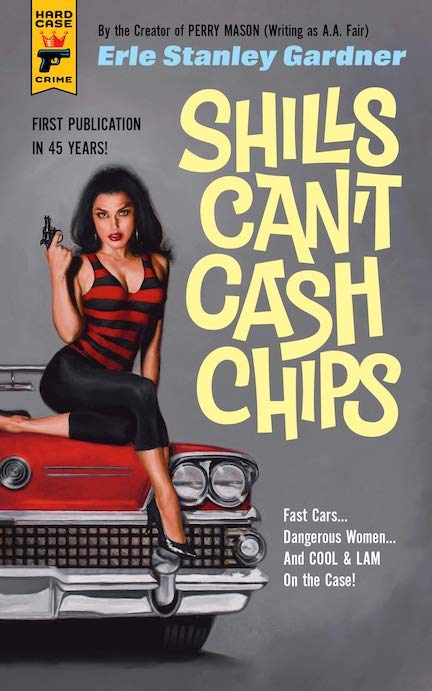
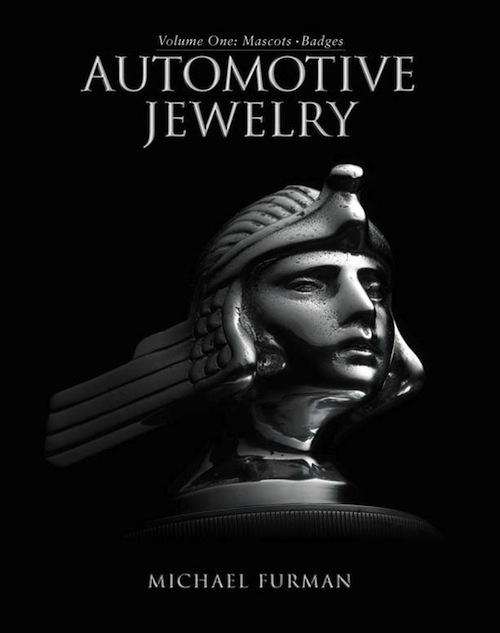

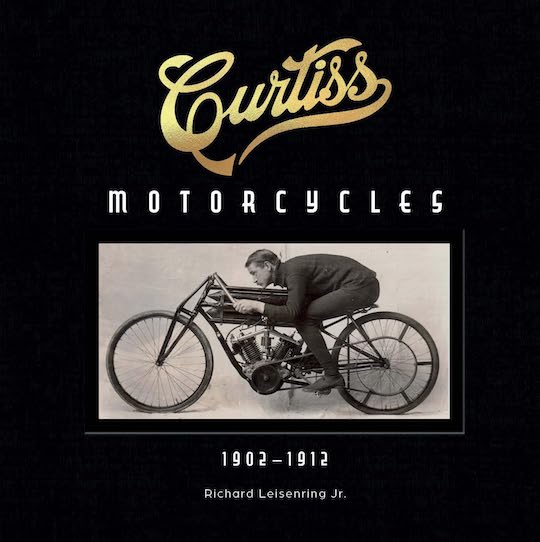
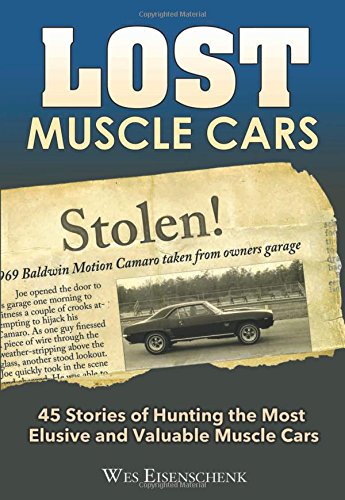
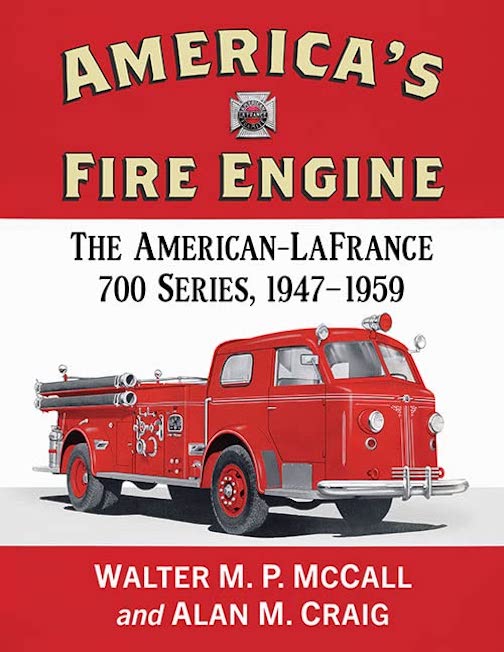


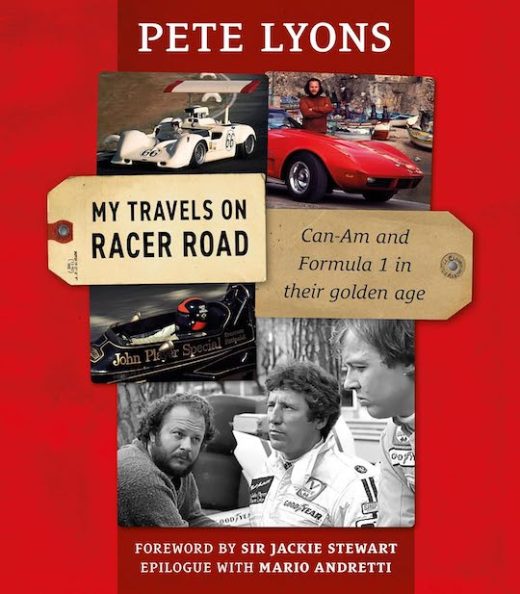
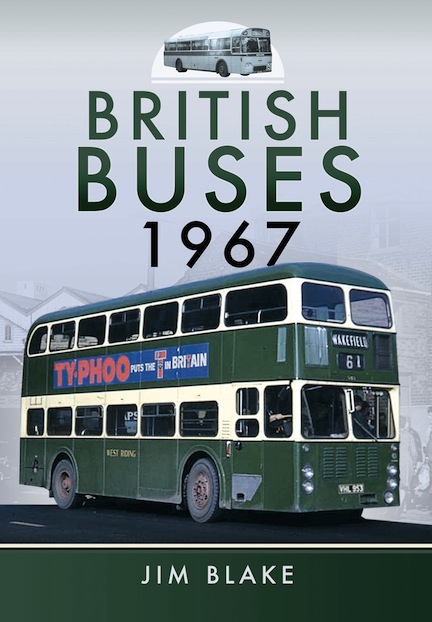
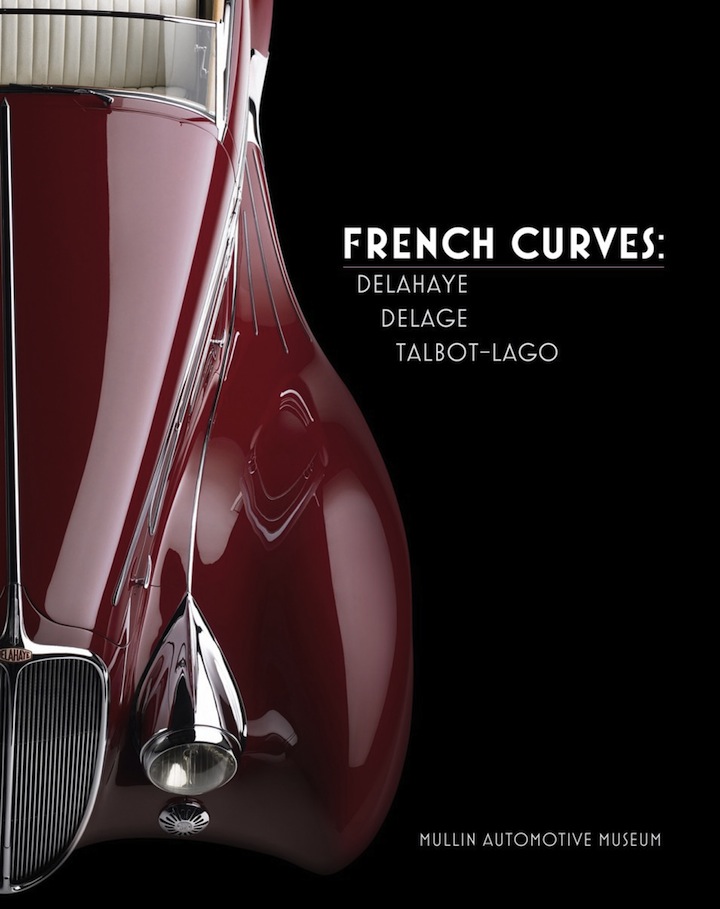
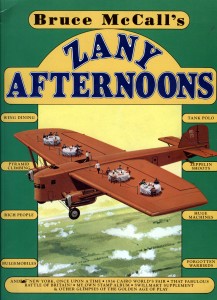
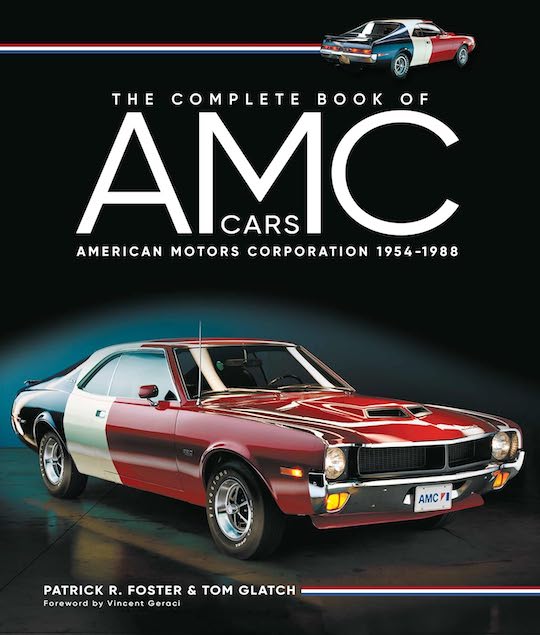


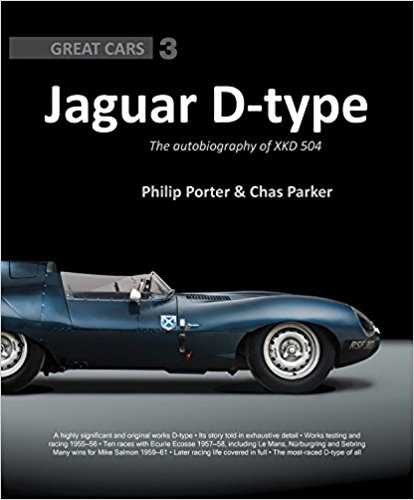
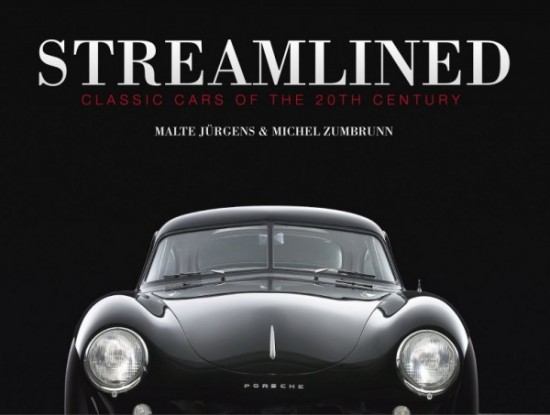
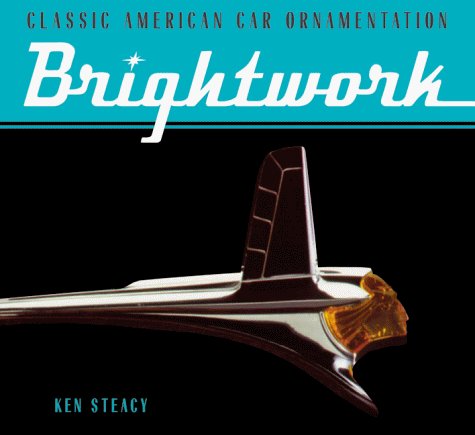

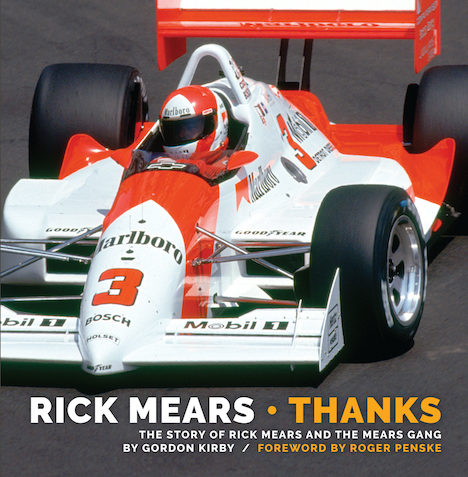

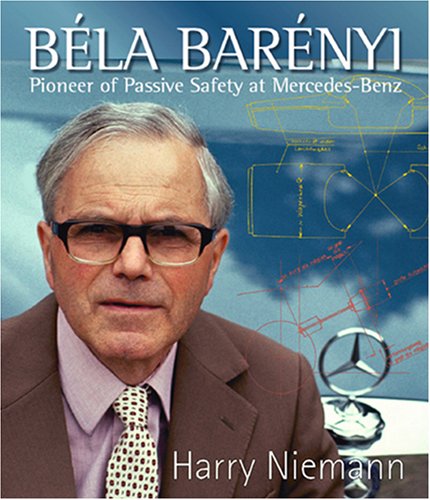
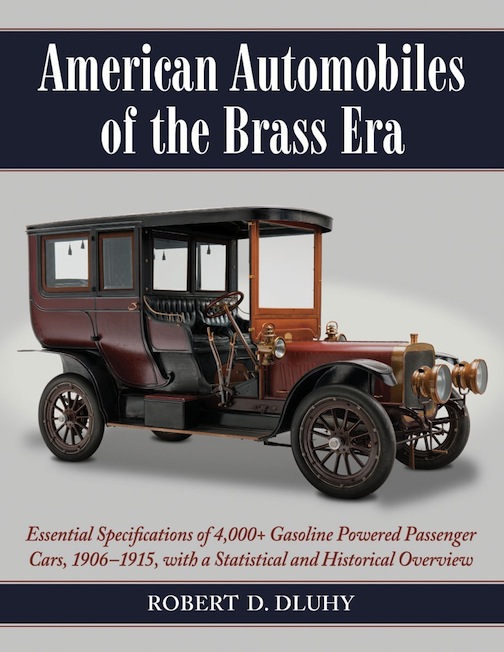

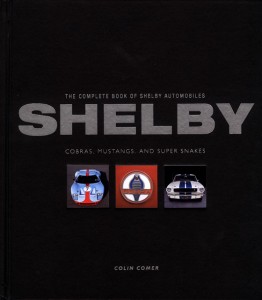
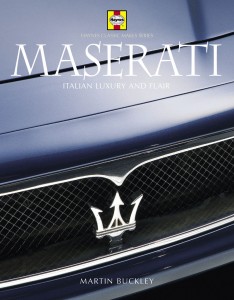


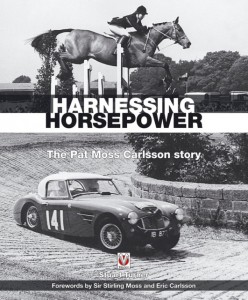









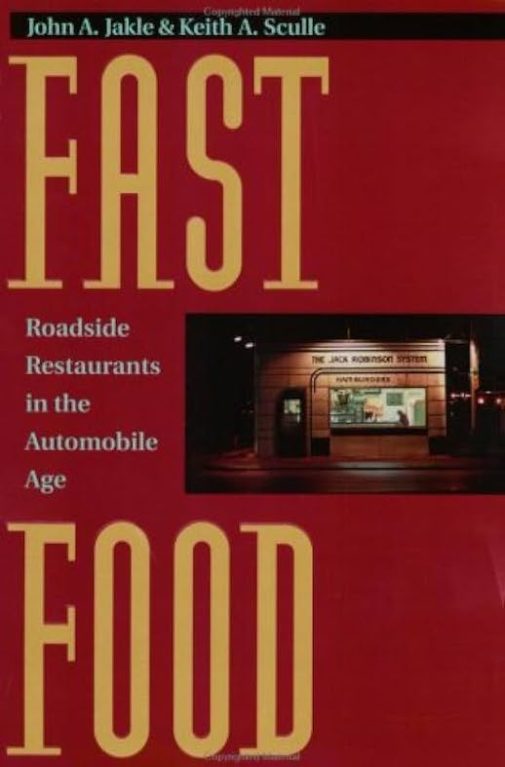
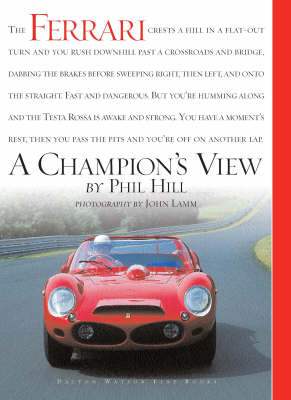
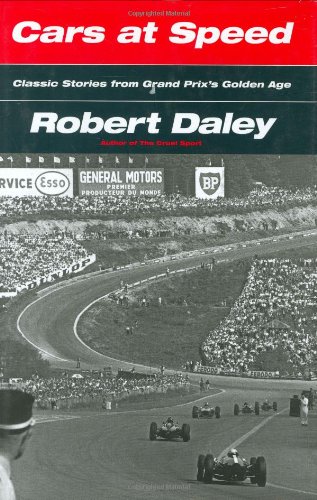

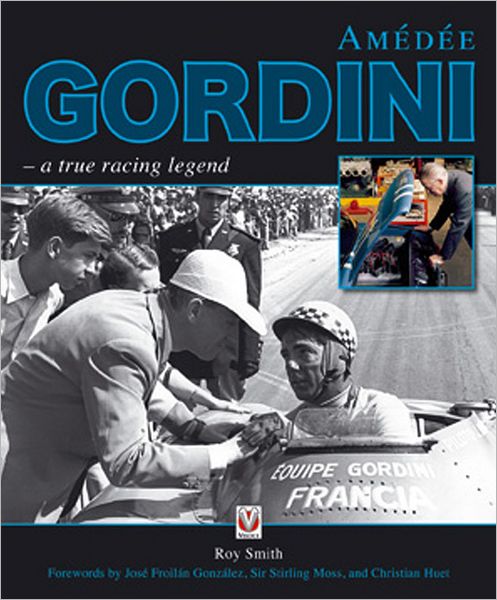
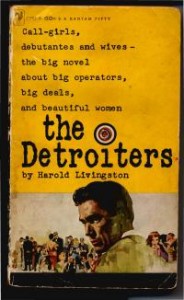
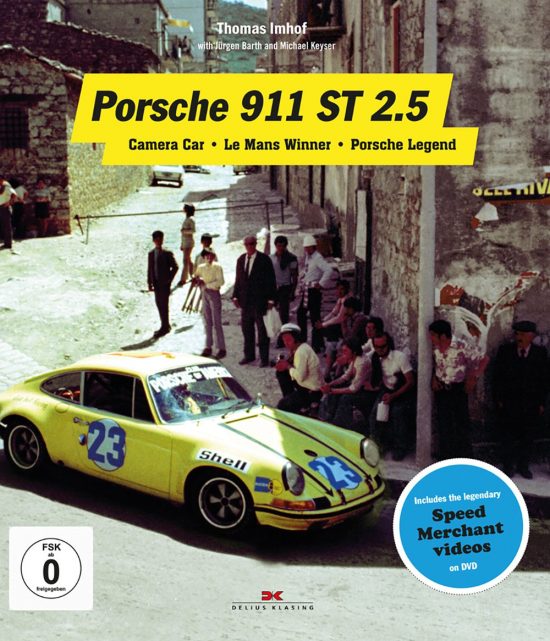

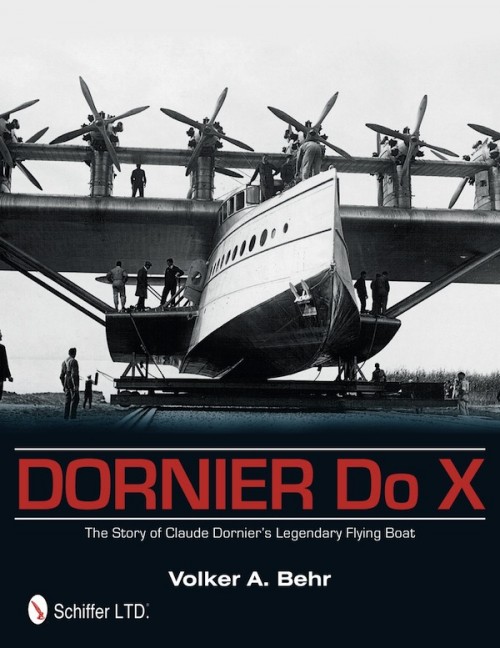
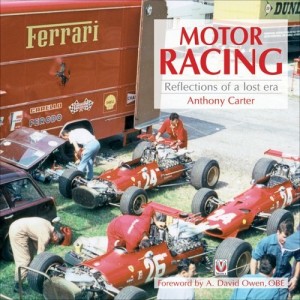





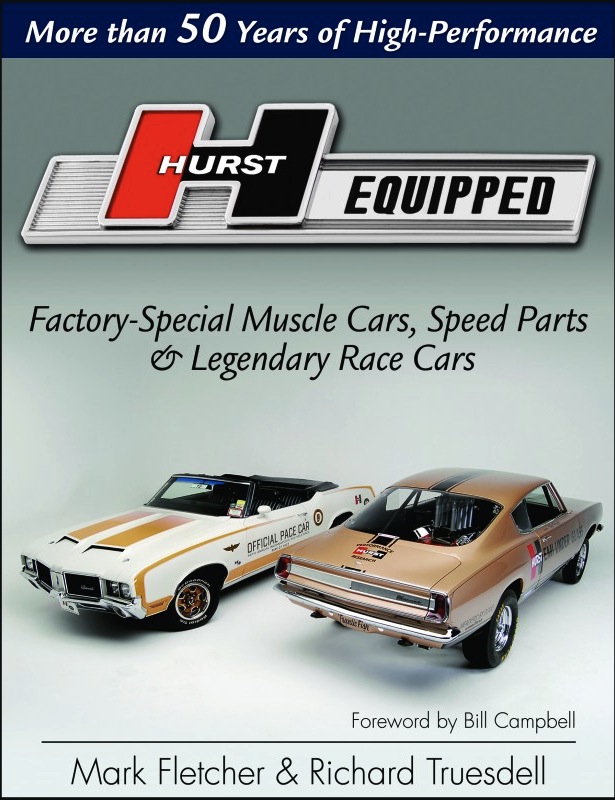


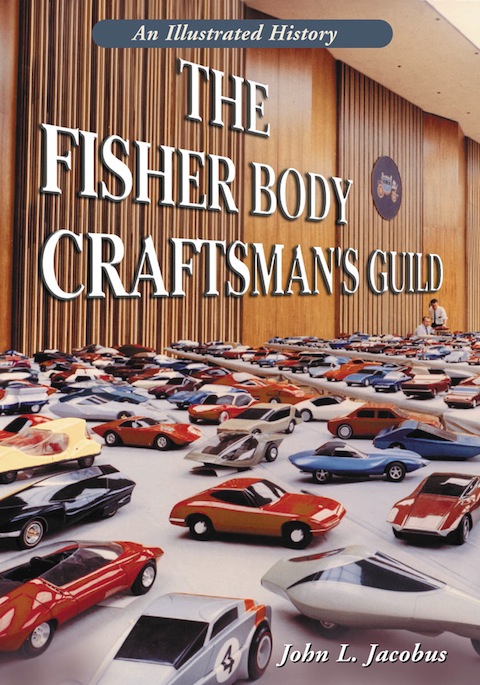
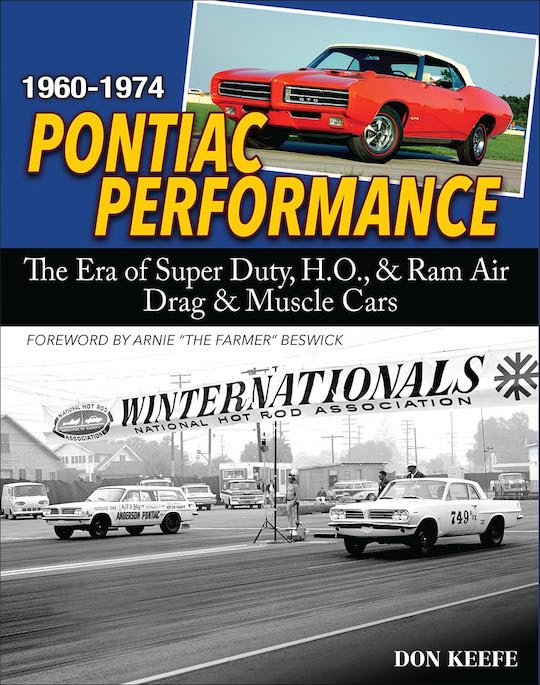
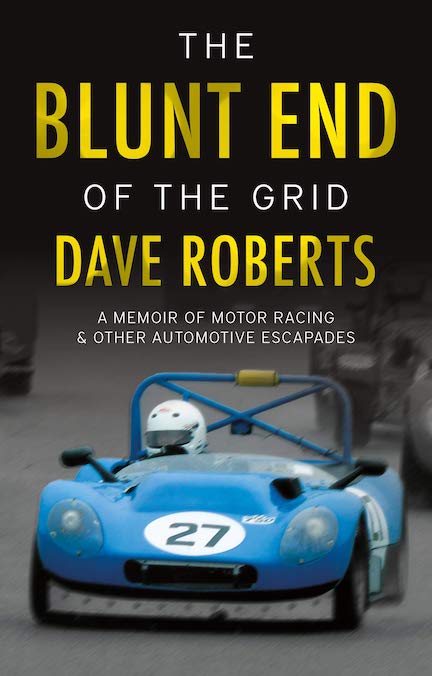
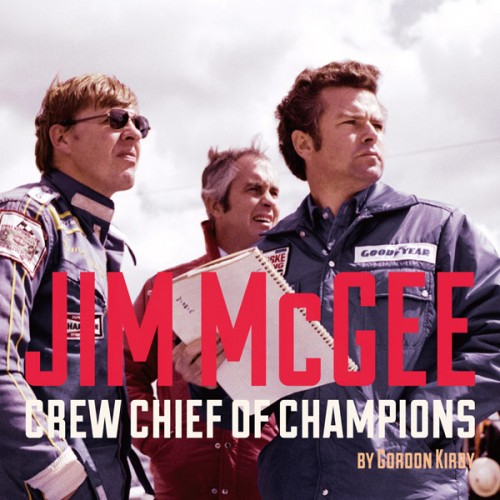
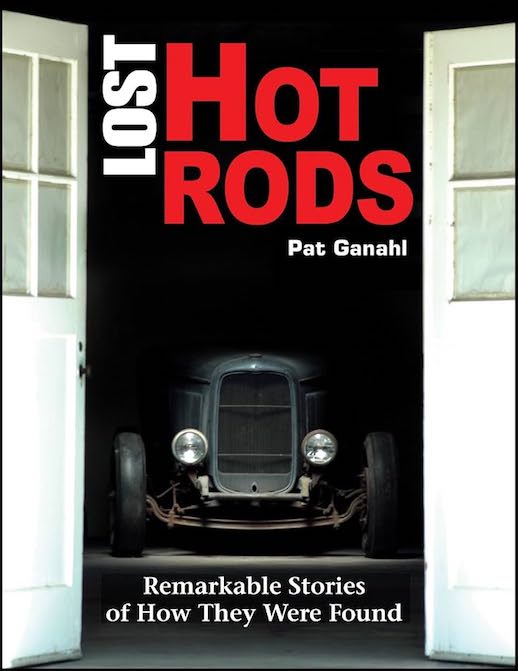
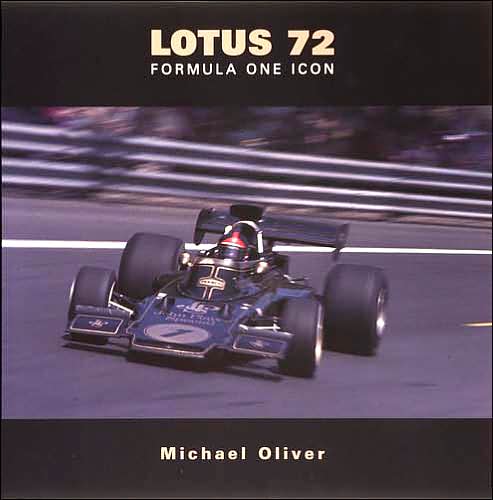
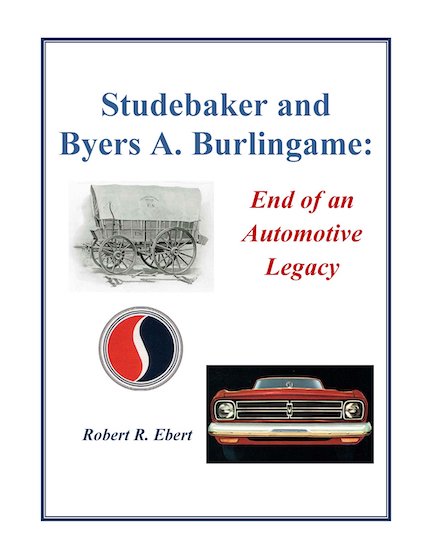

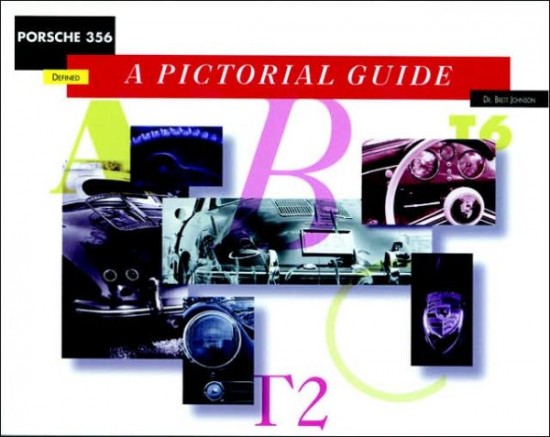


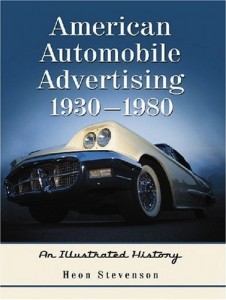

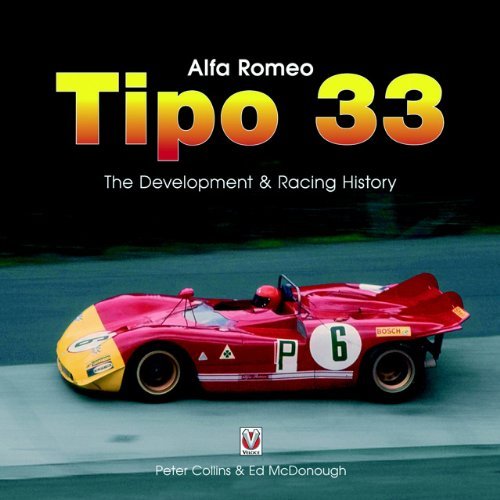

 Phone / Mail / Email
Phone / Mail / Email RSS Feed
RSS Feed Facebook
Facebook Twitter
Twitter